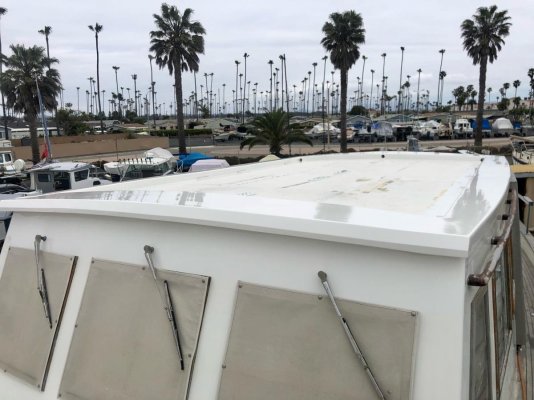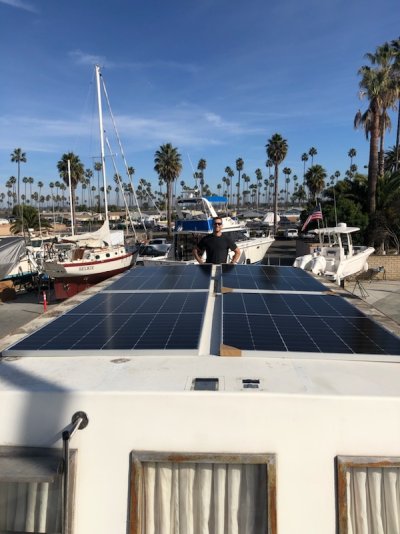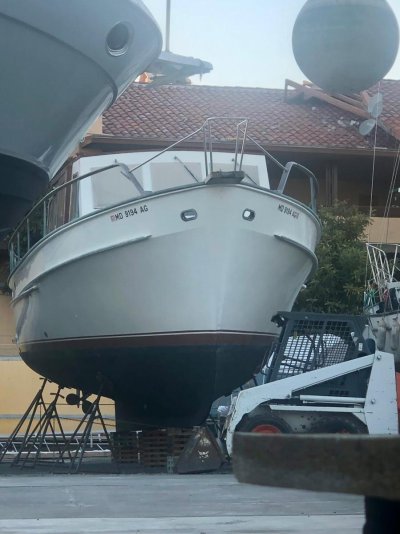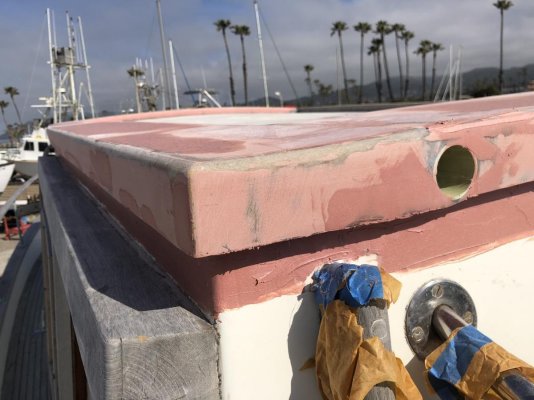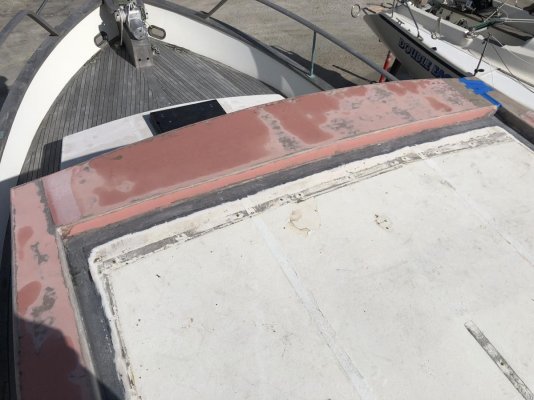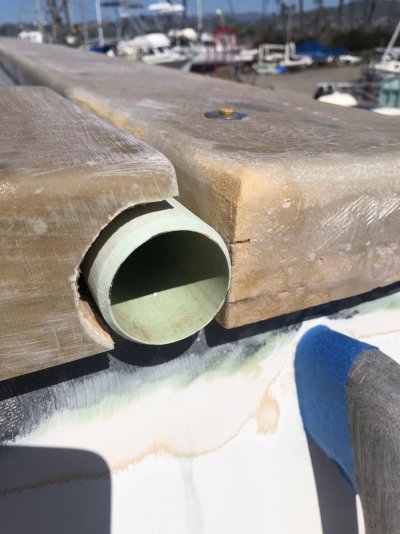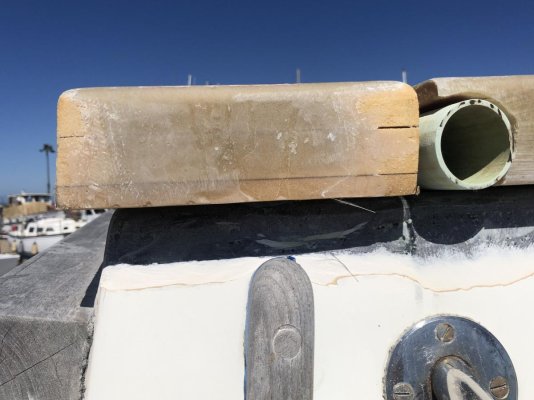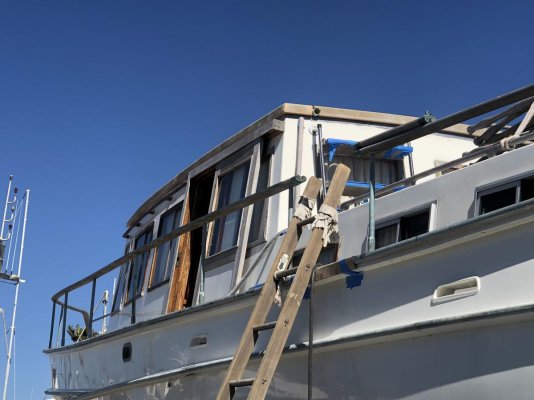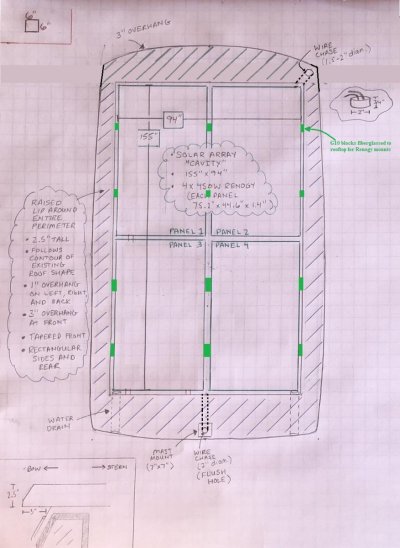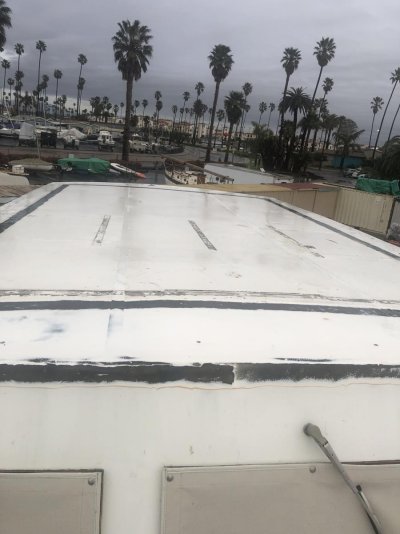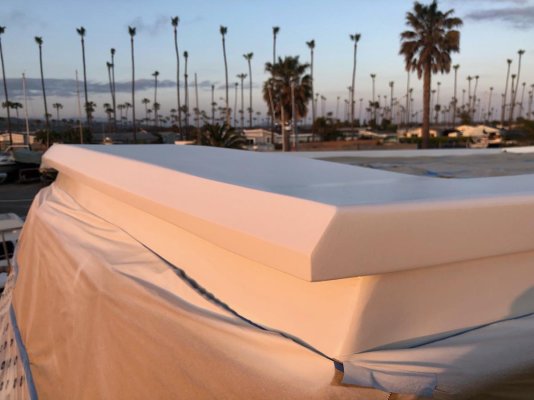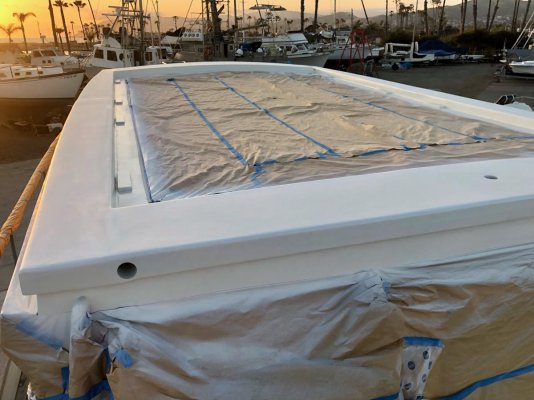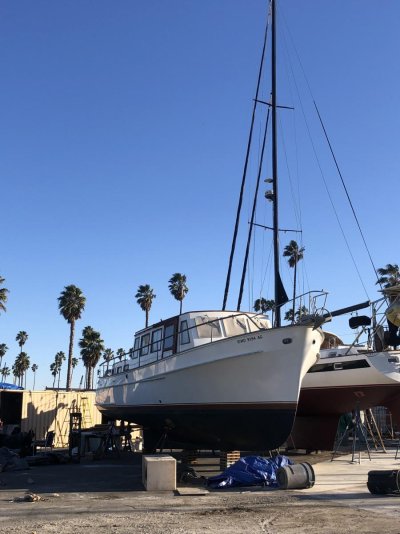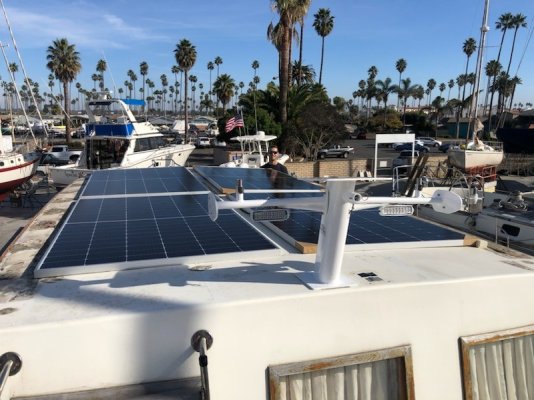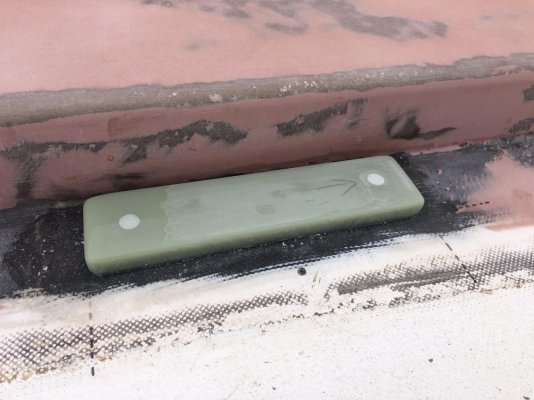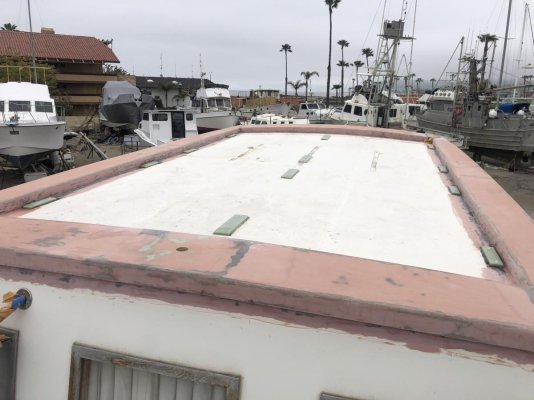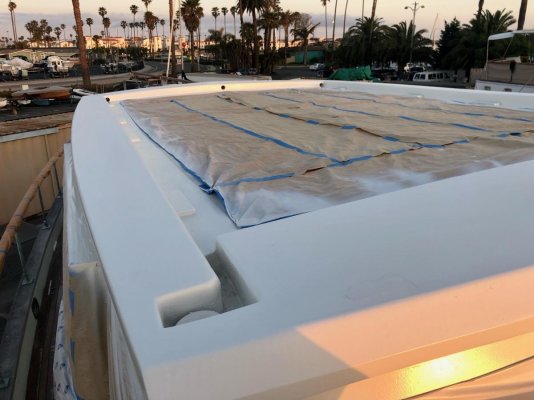rgano
Guru
- Joined
- Oct 8, 2007
- Messages
- 5,001
- Location
- USA
- Vessel Name
- FROLIC
- Vessel Make
- Mainship 30 Pilot II since 2015. GB-42 1986-2015. Former Unlimited Tonnage Master
I was living aboard Calypso, my GB42 in San Diego at the Navy marina when I retired in 1989. The JTR had just been challenged and found wanting by the guy who wanted to have his trailer moved, and I lucked out in getting them to move my boat. As you state, it was either my household goods which we had had stored several years earlier when he moved from a Coronado rental house onto the boat or the boat, not both. I was given the $9,800 the Navy would pay for my HHG weight allowance to be moved to my stated destination of Jacksonville, FL and told to do with it as I pleased. I was not about to temporarily remove the flying bridge of that wooden hulled boat for the trip and found that for $9,800 I could get it the Galveston which was fine because the ICW allowed for an easy 560-mile run to my real destination of Panama City. Hauling costs would double east of the Mississippi River. I paid $4,100 to have my HHG shipped to PC, and all was well. It took ten days of daylight-only running and NO interstate travel due to height to get to Galveston, and I slept on the boat nightly.

